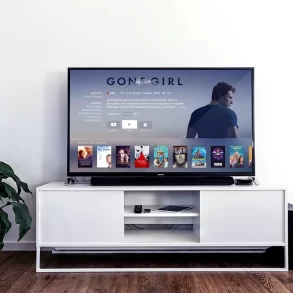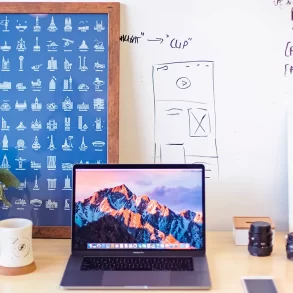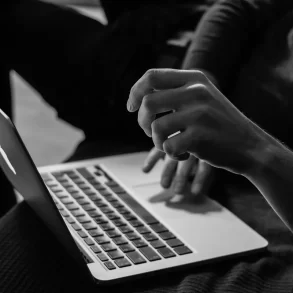With more and more small businesses and entrepreneurs launching businesses online, it’s not just the big corporations that will pay for great design work these days. That’s the good news. The bad: There are more designers to compete against than ever. In order to develop a truly distinctive personal brand, designers need to go beyond the traditional marketing advice. Here are just a few ways designers can embrace that creative energy and show the world their unique talents.
1. Become an Avid Blogger
It’s a generalization, but many designers aren’t exactly the type of people who want to spend inordinate amounts of time and energy marketing their business. Once upon a time, that’s what marketers were for. But with so many online platforms available, marketing doesn’t have to mean doing cold calls or pitching your services to a room full of strangers. Rather, there’s much you can do by sitting at your computer and putting together an innately shareable blog.
Used strategically, your design blog is one of the best ways to establish your expertise. Use your blog to produce helpful articles that answer the burning questions of both clients and fellow designers. Show off your work. Invite guest bloggers to add their opinions to your site. Produce funny videos of you, the designer, hard at work. A great blog will be an insight not only into your expertise and talents, but also into your personality and what it might be like to work with you. In fact, not having one will likely make you look out of touch.
2. Start an Engaging Project
Marketing your expertise doesn’t have to mean pontificating atop your platform. In fact, using a creative project to position your brand as an authority in your field can spark much greater levels of engagement. As an example, take a look at Shutterstock’s Pantone Project. Every week, the company focuses on a different color, explaining how that color is best applied, providing a few interesting tidbits and anecdotes about the color’s history, and featuring several stunning user-submitted photographs that effectively employ that color. In this very simple way, Shutterstock establishes itself as an expert resource provider, connects with a community of enthusiasts, and creates high levels of engagement among its user base. Designers will make quite a splash and develop a much larger following when they launch creative and engaging projects of their own.
What Skill Set to Look When Hiring Shopify Developers3. Take A (Hilarious) Stance
UI & UX & graphic designer, Matt Dempsey, takes another approach altogether to establishing his personal brand: hilarity. Just check out his personal project, Comic Sans Criminal. Here, Dempsey gently mocks the widespread use of the playful, childish font, Comic Sans, in entirely inappropriate settings, like warning signs and doctor notes. Each slide is simple, featuring pithy messages that highlight the absurdity of the font at hand. While we laugh, we either recognize ourselves as being guilty of this behavior and subsequently learn something, or we say, “YES! Finally someone is pointing this out!” In this way, Dempsey manages to establish his expertise as someone who knows both fonts and designs; promotes himself as a funny and down to earth person to work with; and taps into something universal. He leaves no detail to chance employing very modern user design and a savvy call to action (CTA) at the end. In this way, he markets to the user without us even knowing he’s doing so. Now that’s the kind of designer I want to work with.
4. Make the Traditional New
From media packets to printed portfolios, business cards and postcards, it’s important to have offline marketing materials at the ready, too. But just because this is the more traditional route, doesn’t mean you have to keep it that way. Use your business cards to show off your photography or design skills, or that give us a flavor of your personality, like this denim pocket example.
Five Ideas to Help You Embark Into the World of Blogging For the First TimeThis intricate cog business card is a great example of a design that communicates the person’s strong suite: tinkering and craftiness.
7 Things to Consider When Choosing an E-Commerce PlatformIn fact, you can keep the text relatively minimal by simply including your email address, website, social media buttons or QR code, leaving that extra space for more creativity. In this way, you’ll stand out in person while promoting online follows, bridging the gap between your physical and online marketing efforts.
5. Find Your Angle or Gimmick
Sure, you may not be a writer or a marketer, but you have a story and a personality. And no matter what your field, one of the best branding devices out there is finding a (usually funny) angle and sticking with it. Just take a look at Where the Hell is Matt? . He may not be a designer, nor may he be someone who even meant to build a brand, but by picking a simple theme (he dances with random people around the world) and slogan (“Where the Hell is Matt”), it’s hard not to love him and even more difficult not to remember who he is and become an avid follower.
If you’ve got the flare for something a little gimmicky, try applying this same mentality to your marketing efforts as a designer. Think about who you are and your favorite things, and get a little silly.
How to Create a Stunning Logo For Your Brand?There are as many creative ways to market yourself as a designer as you can brainstorm. The more creative you get, the better you’ll establish that personal brand and develop an avid following. So, take that same energy you use to create graphic masterpieces, think out your strategy, and have a little fun!










